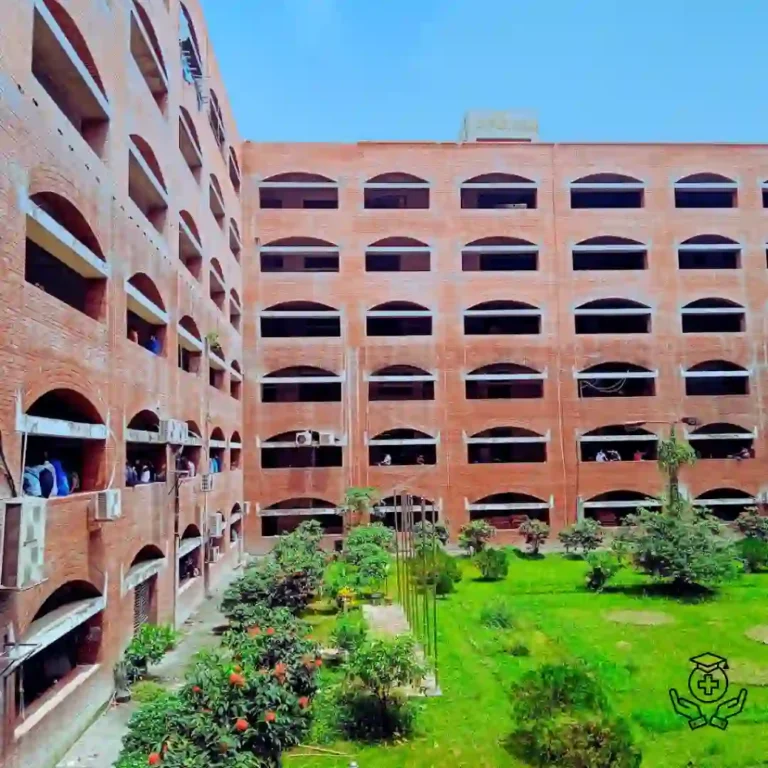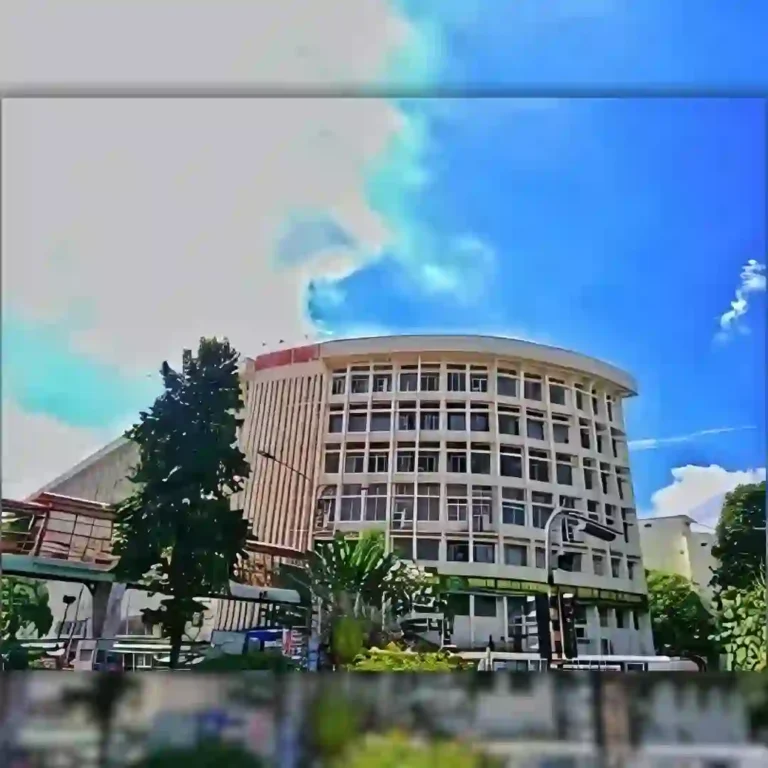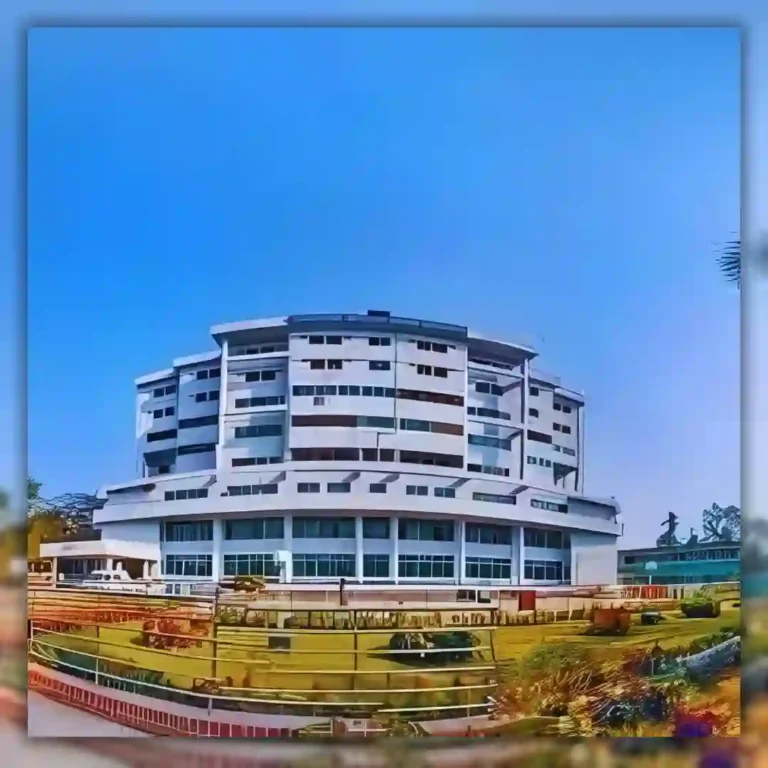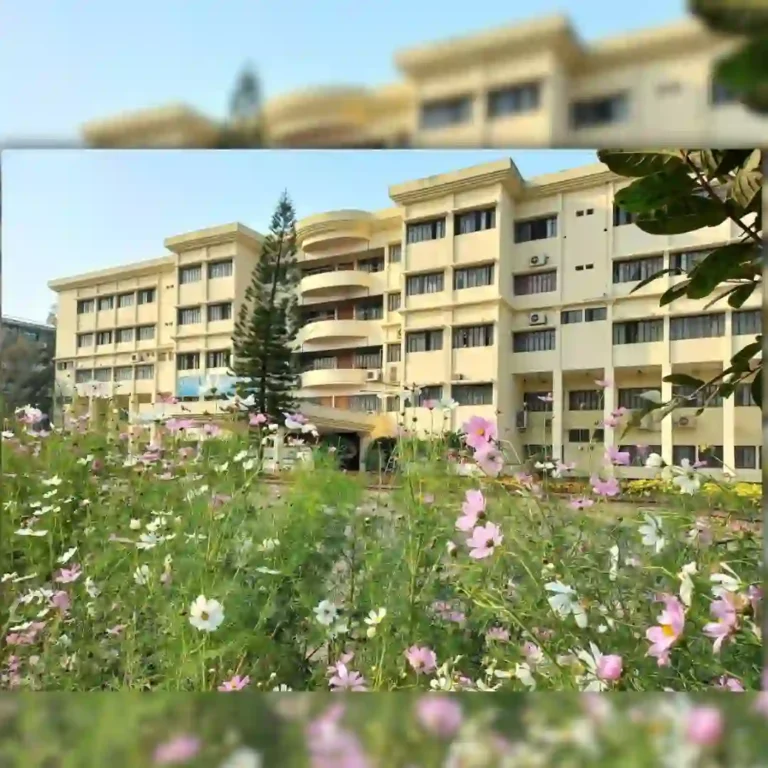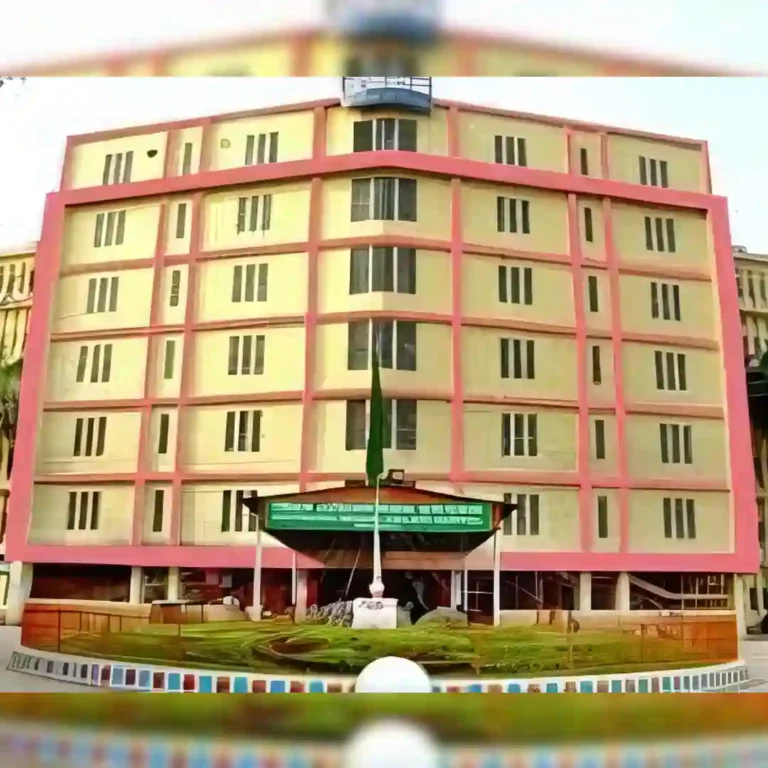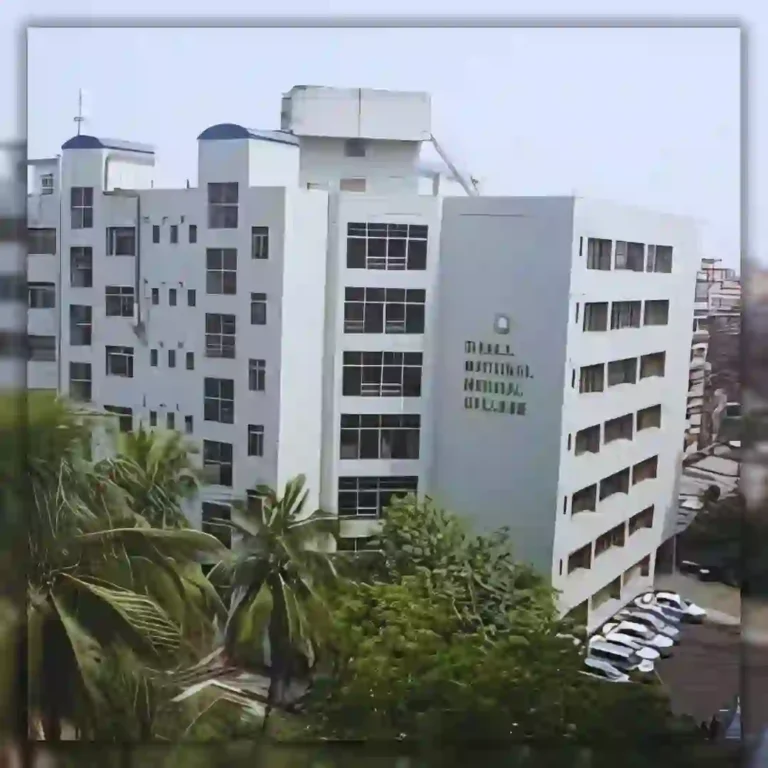Your Comprehensive Guide to Studying MBBS in Bangladesh

Hey there, future doctors! Thinking about studying medicine abroad? Well, you’re not alone! More and more students from India are choosing Bangladesh for their MBBS, and for some great reasons. Maybe you’ve heard a thing or two about it, but you’re not quite sure where to start? Don’t worry, that’s what this blog is for! We’re here to give you a complete, friendly guide to help you make the best decision about studying MBBS in Bangladesh. It’s a big step, but we’ll walk through it together, step-by-step.
Understanding the MBBS Landscape in Bangladesh
So, let’s start with the basics. Bangladesh is becoming quite the hub for medical education, especially for international students. It’s got a bunch of universities, with around 50 private and 25 public medical universities to choose from. What’s really cool is that a large number of students from India choose to study there. In fact, many of the top medical colleges in Bangladesh actually reserve 25% to 30% of their seats specifically for international students. That’s a big deal!
You’ll also want to know that it’s important to pick a university that’s recognised by the right organisations. Look for colleges that are approved by the National Medical Commission (NMC) and the World Health Organization (WHO). These accreditations mean that the medical degree you earn will be recognised in India and other countries, too. You might also see other important names, like WDOMS, ECFMG, and BMDC, which all add to the credibility of the institutions.
Why Choose MBBS in Bangladesh?
Okay, so why all the hype about Bangladesh? Well, there are several reasons why it might be the perfect place for you!
Affordability
Let’s be real, studying medicine can be expensive! But one of the biggest draws of Bangladesh is that the tuition fees are lower than in many other countries, and often more affordable than in India. You’re looking at a general range of around INR 25 to 47 lakh, or roughly $32,000 to $54,000 for the entire course, which is a pretty good deal. Plus, the exchange rates between Indian Rupees (INR) and Bangladeshi Taka (BDT) can work in your favour, which helps your money go a little further.
Quality Education
Don’t think that lower fees means lower quality, though. The medical education in Bangladesh is top-notch, with standards that are comparable to developed nations. The instruction is in English, so you don’t have to worry about learning a new language just to understand your lectures. Also, you’ll get plenty of chances for practical training, which is essential for becoming a good doctor. You might be interested to know that many students have a high rate of success when they take the FMGE/NEXT exam, which means the education you get is definitely preparing you well.
Familiar Environment
Another thing that makes Bangladesh such a great option for Indian students is that it’s pretty similar to home. The cultures and lifestyles are very alike, and you’ll find familiar food and even similar languages. It’s also really close to India, which makes travelling back and forth quite easy.
No Donation Policy
Here’s a big one: you don’t have to pay any donations to get into a medical college in Bangladesh. In some countries, it’s common to have to pay hefty donations, but not in Bangladesh!
Internship Opportunities
After finishing your five years of study, you’ll have the opportunity to do a one-year internship. This hands-on experience is so valuable for your future as a doctor. And if you’re an Indian student, some universities allow you to do your internship back in India, which is a super convenient option.
Navigating the MBBS Curriculum and Structure
Let’s look a bit at the course itself. The MBBS course in Bangladesh is typically 5 years long, followed by a mandatory 1-year internship. The course is split into different phases – pre-clinical, para-clinical, and clinical – each focusing on different subjects. You’ll be studying subjects like anatomy, physiology, biochemistry, community medicine, pharmacology, pathology, and microbiology, to name a few. As mentioned before, the medium of instruction is English. The exams will include written tests, oral exams, practical assessments and clinical evaluations.
Eligibility Criteria: Are You Eligible?
Now, let’s talk about who can actually apply. Here’s a quick rundown:
Academic Requirements
First off, you’ll need to have a minimum of 60% in Physics, Chemistry, and Biology (PCB) in your 12th-grade exams. Some sources state this is for general category students, and that there is a minimum of 50% for SC/ST category students. You’ll also need a certain aggregate GPA in your SSC and HSC. Make sure your individual GPA in each subject is also up to par.
Age Criteria
You need to be at least 17 years old by the end of the year of admission. Some places may have a maximum age limit of 25 years, but it is not mentioned in most sources.
NEET Requirement
Here’s a must: You absolutely need to pass the NEET exam. It’s mandatory to study medicine in Bangladesh, as per NMC guidelines. Don’t worry too much about getting a super high score, you just need to pass.
Other Requirements
You’ll also need a valid passport and visa. Some colleges might not accept students with more than a two-year gap after completing their 12th grade.
The Application and Admission Process: A Step-by-Step Guide
Okay, ready to apply? Here’s what the process generally looks like:
Step 1: Research and Select a University
First, you’ll need to pick a university that suits you. Check out things like where it’s located, its ranking, its facilities, and most importantly, whether it’s NMC-approved.
Step 2: Application Submission
Next, you’ll need to fill out the application form. You can often find these online or get help from an education consultant. You’ll need to submit documents like copies of your passport, your academic transcripts, your NEET scorecard, and passport sized photos. Make sure all your documents are properly verified.
Step 3: Receiving the Invitation Letter
Once the university checks everything, they’ll send you an invitation letter. This is basically their way of saying, “Yes, you’re in!”
Step 4: Fee / Payment
After that, you need to pay the tuition fees. Be aware of any hidden costs, and make sure you understand what you are paying for.
Step 5: Applying for a Student Visa
Next up, apply for your student visa. This process is often online and can take around 5-7 days to complete.
Step 6: Travel Arrangements
Finally, get your flights booked! You can get to Bangladesh by bus, train, or flight, depending on your budget and preference.
Quick Tip: It’s often a good idea to seek help from consultants like Smile Education, MBBS Experts, or Rus Education. They can make the whole process much easier. Also, because there are a limited number of seats, it is wise to apply early. Plus, Indian students have some seats specifically reserved for them, so that’s a great benefit.
Cost of Studying MBBS in Bangladesh: A Detailed Breakdown
Let’s dive into the money side of things.
Tuition Fees
The tuition fees can vary depending on where you study. On average, they could range anywhere from INR 29 lakh to 47 lakh. Colleges in Dhaka may cost a bit more than those outside the city.
Living Expenses
Your living expenses will also depend on your lifestyle. You can expect to pay around $150 to $400 per month for things like food, accommodation, and utilities. On-campus hostels usually cost less than renting a place off campus.
Other Expenses
Other costs to consider include university exam fees, books and study materials, lab coats, travel costs, visa fees and personal expenses.
Payment Options and Financial Planning
Many universities allow you to pay your fees in instalments. Also, there may be educational loan opportunities, too. Creating a solid financial plan before you start is definitely a smart move.
Currency Conversion
Remember to always use a real-time currency converter to get the most accurate exchange rates. The value of the US Dollar to INR changes daily, so it’s essential to stay updated.
Top Medical Colleges in Bangladesh: A Closer Look
Okay, now, let’s talk about some of the best medical colleges in Bangladesh. Here are some names you’ll come across:
- Dhaka Medical College
- Sir Salimullah Medical College
- Chittagong Medical College
- Rajshahi Medical College
- Sylhet MAG Osmani Medical College
- Mymensingh Medical College
- Shaheed Suhrawardy Medical College
- Rangpur Medical College
- Khulna Medical College
- Bangabandhu Sheikh Mujib Medical University
These colleges are well-regarded for their facilities, accreditations, and teaching standards. When choosing a college, be sure to look at its NMC recognition and FMGE passing rates. Do consider the location, the infrastructure, and whether they have their own hospitals for clinical experience. Check out their student life and facilities, too.
Life in Bangladesh: What to Expect
So, what’s it like actually living in Bangladesh?
Cultural Insights
The culture in Bangladesh is pretty similar to India, which can make it easier to settle in. The main language is Bengali, and Islam is the primary religion. People are friendly, and it’s helpful to respect their local customs.
Climate and Geography
The climate is warm and humid, much like India. The land is fertile, and there are lots of rivers and waterways.
Safety and Security
Bangladesh is generally a safe place to live, and most of the universities have good security measures in place. They also have a strict policy of no drugs and alcohol.
Accommodation
You’ll find that most colleges have on-campus hostels, which are usually safe and provide all the basic amenities. Many offer Indian food, too, which is great.
Student Life
You’ll find sports facilities, libraries, and opportunities to participate in extracurricular activities, as well as seminars and workshops.
Quick Tip: It’s a good idea to learn some basic Bengali to help you get around. Connecting with other international students can also make your experience much better.
Career Prospects and Further Education
Once you’ve got your MBBS degree, what’s next?
Licensing Exams in India
If you want to practice in India, you’ll need to clear the FMGE (soon to be NEXT) exam. Many universities offer coaching for this, to help you prepare.
Opportunities to Practice Globally
An MBBS degree from Bangladesh is recognised internationally, which means you have options to work in the USA, the UK, and other countries, as well.
Postgraduate Studies
You can also go for further studies after your MBBS, like an MD or MS.
Disadvantages of Studying MBBS in Bangladesh
Okay, let’s be upfront, there are some drawbacks to consider:
Limitations of Scholarships
Full scholarships are rare and often need a very high score in your 12th grade exams, think 95%. Also, there are fewer scholarships for international students.
College Recognition
Be careful and make sure you choose a college that’s approved by the NMC or WHO. Some colleges may not have the right accreditation, so double check first.
Language Barrier
Although classes are taught in English, most people in Bangladesh speak Bengali. It can be helpful to learn some basic Bengali.
Internship Limitations
During your internship, you might only have an observership role and not get to directly treat patients.
Other Considerations
Keep in mind that you might need to get a “No Objection Certificate” from the NMC and some colleges have restrictions on gaps after you finish your 12th.
Conclusion: Making an Informed Decision
Studying MBBS in Bangladesh can be a great move if you’re looking for a quality education at an affordable cost. You’ll find a friendly, familiar environment, and get good opportunities to develop your medical skills. But, like with any big decision, it’s important to weigh all the pros and cons. Take some time to consider everything and talk to education experts who can give you personalised guidance. Remember, this is about your dreams, so choose what’s best for you.
